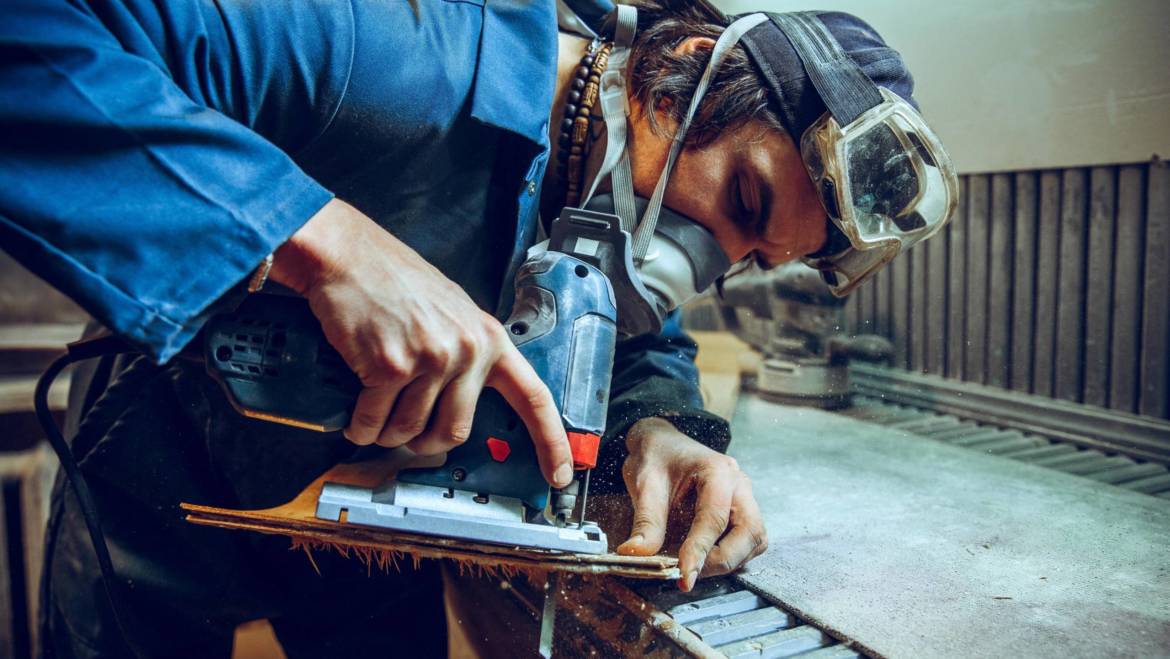Licensing requirements and insurance coverages can be overwhelming for new or experienced contractors. On top of that, every state has different business insurance regulations. But, no matter where you’re at, these are six contractor insurance coverages you should consider.
- General Liability Insurance for Contractors: Contractor liability insurance is the mainstay of every contractor’s policy. It is the insurance safety net and minimum requirement before signing a contract for any job.
General Liability Insurance provides coverage for bodily injuries and property damage resulting from your products, services or operations. Most states and jobs require a minimum of $1 million of coverage. This is because you are not just covering your project, you are covering the potential damages to the building you are working on. So, even if you are only installing $1,000 worth of tile, you need to understand that the tile may cause potential damage far beyond the value of that tile.
- Per Project Aggregate Coverage: Per Project Aggregate is essential, especially if you are an owner-only business.
Per Project Aggregate Coverage applies to your general liability limit to cover your individual projects. For example, let’s say you’re helping on a big project. Unfortunately, your work ends up causing damage to the project and you are legally liable. Later in the policy term, you’re working on another project and your work causes damages again and you are legally liable. Since, these happen in the same policy term you may not have coverage for your second claim. To avoid this, consider the per project aggregate which covers your liability per individual project.
- Errors & Omissions Coverage (E&O): No matter how careful you are with your own work, mistakes happen. With E&O coverage, you can have the peace of mind that one mistake will not ruin your business.
Errors & Omissions Coverage provides insurance for negligent acts, errors or omissions that occur during an owner or employee’s business activities. For example, let’s say you’re renovating an old Victorian house for a new client. They want you to refinish and wax the wood floors. Unfortunately, you’re fatigued from your very busy week and you accidentally use the wrong wax on the floors. This one mistake can cost you unless you have coverage from an Errors and Omissions policy.
- Subcontractor-Caused Property Damage Coverage: Subcontractors may be necessary to help with some of your projects but they also add another element of risk.
Subcontractor-Caused Property Damage Coverage provides insurance for damage caused by subcontractors you hire. Let’s say you’re a custom homebuilder. You finish a new home and it burns down one week later. Your client’s lawyer says the fire started because of faulty wiring by your electrical subcontractor. Since you didn’t do the electrical work, your general liability policy would not cover this devastating loss. You will need Subcontractor-Caused Property Damage Coverage.
- Inland Marine Coverage: While the name of this coverage may be hard to interpret, it refers to the tools and equipment you move from jobsite to jobsite.
Inland Marine Coverage provides insurance for products, materials, tools and equipment while in transit and temporarily on the jobsite. Trusted tools are likely one of your first big business investments. If you rely on a trailer full of tools, and you get up the next morning to find them stolen, what are you going to do? It’s generally recommended to insure equipment worth more than $2,000 in addition to covering your other tools.
- Installation Floater Coverage: Most contractors are aware that their tools are easy targets for thieves. However, many forget the risks involved in transporting their completed work.
Installation Floater Coverage provides insurance for property you’re transporting to install at a temporary location, or a customer location. For example, let’s say you’re driving a cabinet unit you built to the installation site. You get into a car accident on the way and the cabinets are ruined. You need to make sure all that work is insured.
After all, your projects are more than your job – they are the product of your hard work, creativity and vision. Read the original post from the Auto-Owners blog here.

